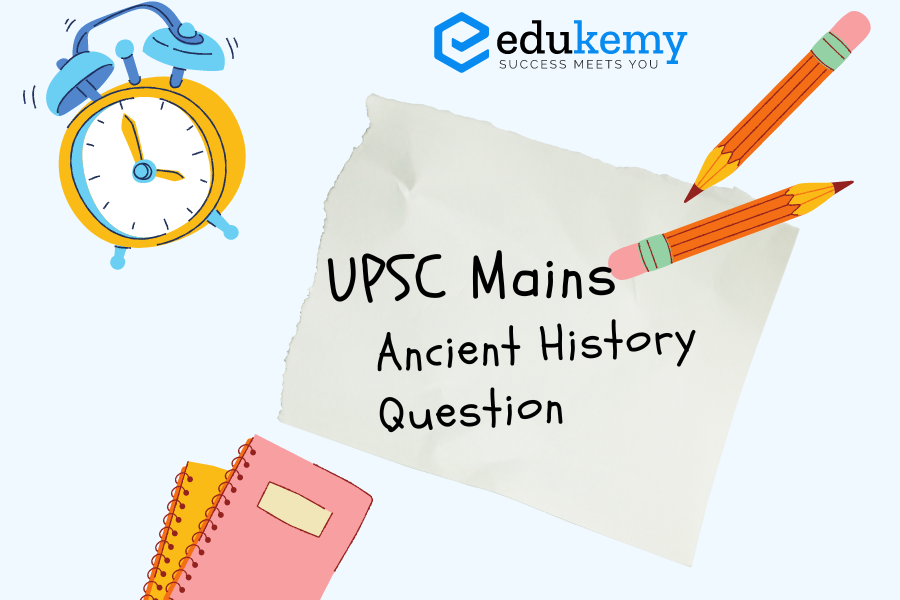
Contents
Introduction
The Vedic period in ancient India, spanning over a millennium, witnessed distinct phases: Early Vedic (1500-1000 BCE) and Later Vedic (1000-600 BCE). These phases marked significant transformations and enduring aspects in societal, religious, economic, and political realms.
Body
Elements of Change in the Later Vedic Age:
- Polity: a. Nature: Shifted from tribal and decentralized to a more centralized and monarchical governance. b. Monarchy: Evolved from tribal chiefs (rajas) to monarchies (maharajas) with increased authority. c. Powers of the King: Kings in the Later Vedic period wielded more authority over their territories. d. Officials: Introduced the concept of ministers and officials assisting the king in governance.
- Economy: a. Symbol of Wealth: Expanded from cattle in the Early Vedic age to include land and other property. b. Extent of Iron: Increased use of iron tools and implements improved agricultural productivity.
- Society: a. Varna System: The emergence of four main varnas played a pivotal role in social organization. b. Patriarchy: Became more entrenched, with men assuming dominant roles in society and the family.
- Religion: a. Important Gods: Shifted from gods like Indra and Agni to include Vishnu, Shiva, and Devi. b. Rituals and Sacrifices: Saw the development of more elaborate rituals, including the importance of Yajnas.
Elements of Continuity in the Later Vedic Age:
- Vedic Literature: Continued reverence and recitation of the Vedas, preserving religious and philosophical heritage.
- Religious Beliefs: Persistence of belief in a pantheon of gods and the significance of rituals, notably fire sacrifices (Yajnas).
- Sanskrit Language: Continued use as the primary language for religious and scholarly purposes.
- Social Structure: Maintenance of social hierarchy and varna system, becoming more structured and rigid.
- Agriculture: Continued focus on agriculture as a vital part of the economy.
- Oral Tradition: The transmission of knowledge and cultural practices through oral traditions and recitation remained prevalent.
- Society: The importance of family, kinship, and rituals in daily life persisted.
Conclusion
The transition from the Early Vedic to Later Vedic culture in ancient India brought about notable changes and continuities. These elements reflect the dynamic and enduring nature of Vedic culture, significantly shaping India’s cultural, religious, and social landscape for centuries.
In case you still have your doubts, contact us on 9811333901.
For UPSC Prelims Resources, Click here
For Daily Updates and Study Material:
Join our Telegram Channel – Edukemy for IAS
- 1. Learn through Videos – here
- 2. Be Exam Ready by Practicing Daily MCQs – here
- 3. Daily Newsletter – Get all your Current Affairs Covered – here
- 4. Mains Answer Writing Practice – here


